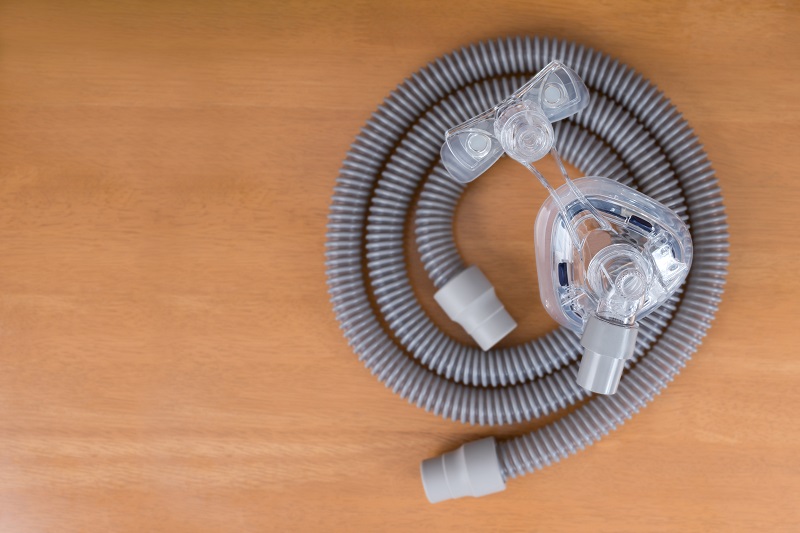New Curative Treatment for Sickle Cell Disease

March 18, 2022
Sickle cell disease affects 100,000 Americans, including 1 in every 365 African American births and 1 in every 16,000 Hispanic American births.
Sickle cell disease is an inherited blood disorder wherein misshapen blood cells impede the vascular distribution of oxygen throughout the body, causing pain, organ damage and even stroke.
“When you have sickle cell disease, you have a mutation in your beta-globin gene that causes your red blood cells to sickle—to be crescent-shaped instead of round,” says pediatric hematologist/oncologist Alfred Gillio, M.D., director of the Children’s Cancer Institute at Joseph M. Sanzari Children’s Hospital at Hackensack University Medical Center. “These moon-shaped red blood cells get stuck in small blood vessels, which disrupts the flow of oxygen to tissue. It’s very painful.”
Historically, the only response to sickle cell disease was managing it with pain medication. “But recently, new potentially curative treatments have emerged—giving new hope to those who experience excruciating, debilitating pain resulting from sickle cell disease,” says pediatric hematologist/oncologist Stacey Rifkin-Zenenberg, D.O., section chief, Pediatric Pain and Palliative Care, Joseph M. Sanzari Children’s Hospital.
A Disease Affecting Entire Families
“Sickle cell disease affects every organ in a patient’s body,” Dr. Rifkin-Zenenberg says. “This disease really has a tremendous effect not only on the patient, but also the family.”
Sickle cell disease runs in families. The inherited trait that causes it, however, is recessive. That means someone can carry the sickle cell trait but not actually have sickle cell disease. Babies only develop the disease if they inherit the trait from both of their parents.
Although the trait is widely known to exist in African bloodlines, what’s lesser known is that it’s also present in Hispanic, Mediterranean and even Arab-Indian lineages.
New Treatments Emerge
Today, there are two curative treatments for sickle cell disease. The first is a bone marrow transplant, which replaces a patient’s unhealthy blood-forming cells with healthy ones provided by a donor. This requires finding a well-matched (HLA-matched) bone marrow donor.
“Siblings only have a 25 percent chance of being tissue-matched,” says Dr. Rifkin-Zenenberg. “A volunteer-matched donor or a half-matched donor can often be identified, although these alternative donor transplants can be associated with more complications.”
A second therapy is currently undergoing clinical trials at sites across the country, including Joseph M. Sanzari Children’s Hospital. “The new therapy, called LentiGlobin, is a gene-based therapy where doctors harvest the patient’s own stem cells and add to them a corrected gene that makes non-sickle hemoglobin,” Dr. Rifkin-Zenenberg, the principal investigator of the gene therapy study.
Here’s how it works:
- The patient undergoes chemotherapy to kill off existing stem cells.
- After that, the patient is transfused with their own genetically modified stem cells.
- Then the patient’s body can produce normal red blood cells that neutralize the effects of sickled red blood cells.
“With this treatment, the patient is their own donor and we are modifying their own cells to add copies of a functional beta globin gene,” Dr. Gillio says.
Hope When There Are No Options
If its curative effects hold, gene therapy could prove even more attractive than bone marrow transplants.
Gene therapy also surmounts graft-versus-host disease, a common transplant complication wherein immune cells in the donor’s marrow recognize that they’re in a foreign body and begin attacking the marrow recipient. “Graft-versus-host disease can be significant and life-threatening, and when we use the patient’s own cells, we don’t have to worry about it,” Dr. Rifkin-Zenenberg says.
This investigational treatment, which is a one-time therapy, may be an option for patients who have no other treatment options. “This therapy may be a major advance for sickle cell patients. The results from early clinical studies are encouraging,” Dr. Gillio says.
Next Steps & Resources:
- Meet our sources: Stacey Rifkin-Zenenberg, D.O., and Alfred Gillio, M.D.
- To make an appointment with a doctor near you, call 800-822-8905 or visit our website.
The material provided through HealthU is intended to be used as general information only and should not replace the advice of your physician. Always consult your physician for individual care.
Pediatric Genetic Testing Can Help Save Lives

Pediatric Genetic Testing: Save your child's life. Dr. Jethva provides expert care & testing. Call 800-822-8905.
Suffering from Obstructive Sleep Apnea? Here’s a CPAP Alternative

An innovative implantable treatment for obstructive sleep apnea offers new hope for better sleep.

New Hope for Sickle Cell Disease
New Hope for Sickle Cell Disease. Learn about Razel's journey and new treatments. Find expert care; call 800-822-8905.

High-risk Diabetic Woman Safely Delivers Baby Thanks to High-level Care
When Michelle Price, who has Type 1 diabetes, got pregnant, the team at Jersey Shore University Medical Center provided close monitoring to ensure a healthy, safe delivery.

Kidney Recipient Pays It Forward
Two-time kidney transplant recipient Marilyn Moulton makes a gift to support future transplant patients.

4-year-old Thriving After Surgery to Drastically Reduce 100+ Daily Seizures
Israel's seizure drastically reduced after surgery at K. Hovnanian Children's Hospital. Learn how pediatric neurosurgery helped this 4-year-old thrive. Call 800-822-8905.
